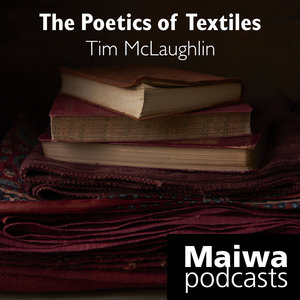New to the store – two books.
Our favourite quote: “While a rational observer could reasonably suggest that the craft of plant-based dyeing straddles the disciplines of art and science, requiring at least basic competence in plant identification and a passing understanding of chemistry, some results do defy logic and fall into the realms of magic and witchcraft … “
Eco Colour: botanical dyes for beautiful textiles.
By India Flint.
Designer, artist, writer, sheep farmer and self described occasional ragbag princess, India Flint was born in Melbourne and has lived in diverse locations from the Andamooka Opal Fields to rural Austrailia and Metropolitan Montreal. Presently based on a rural property on the eastern escarpment of the Mount Lofty Ranges, South Australia, she is known for her highly distinctive eco-prints and her championing ecologically sustainable plant-based printing processes to give colour to cloth.
India produces and sporadically exhibits a range of hand-worked salvage clothing under the label “prophet of bloom,” as well as designing and making plant-dyed costumes for theatre and dance.
Our favourite quote: “While a rational observer could reasonably suggest that the craft of plant-based dyeing straddles the disciplines of art and science, requiring at least basic competence in plant identification and a passing understanding of chemistry, some results do defy logic and fall into the realms of magic and witchcraft … “
Murdoch Books 240 pages Hardcover. $40.00 cdn. Buy Online
Some connections:
India Flint's Website: www.indiaflint.com
Prophet of Bloom Blog http://prophet-of-bloom.blogspot.com/
Kantha: The Embroidered Quilts of Bengal
Edited by Darielle Mason
With essays by Oika Ghosh, Katherine Hacker, Darielle Mason, Anne Peranteau, and Niaz Zaman
This substantial book is well researched, written, illustrated and designed. Kantha quilts are created from worn out garments imaginatively embroidered by women with motifs and tales drawn from a rich regional repertoire. They were traditionally stitched as gifts for births, weddings and other family occasions. The characteristic illustration style that comes through in the embroideries is pure folk art – in a nation known for the range and quality of its folk art traditions.
Published by the Philadelphia Museum of Art, this book is a comprehensive investigation into what might be called embroidered illustration. It is a welcome addition to the books documenting Indian craft.
Philadelphia Museum of Art in association with Yale University Press. 290 pages. Hardcover. $60.00 cdn. Buy Online
Some connections:
Philadelphia Museum of Art http://www.philamuseum.org/
Yale University Press http://yalepress.yale.edu/yupbooks/book.asp?isbn=9780300154429
Have you seen India Flint's works? Do you own a beloved Kantha? Hit us in the comments section.































